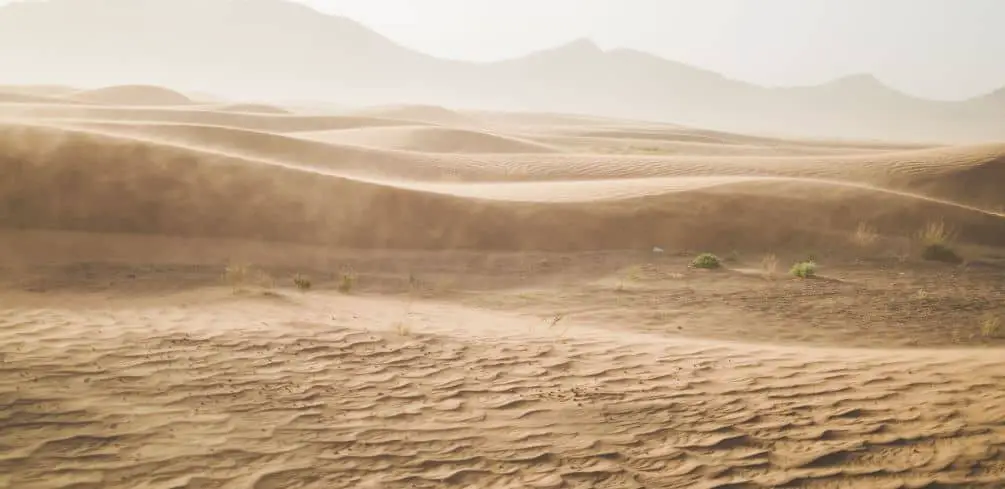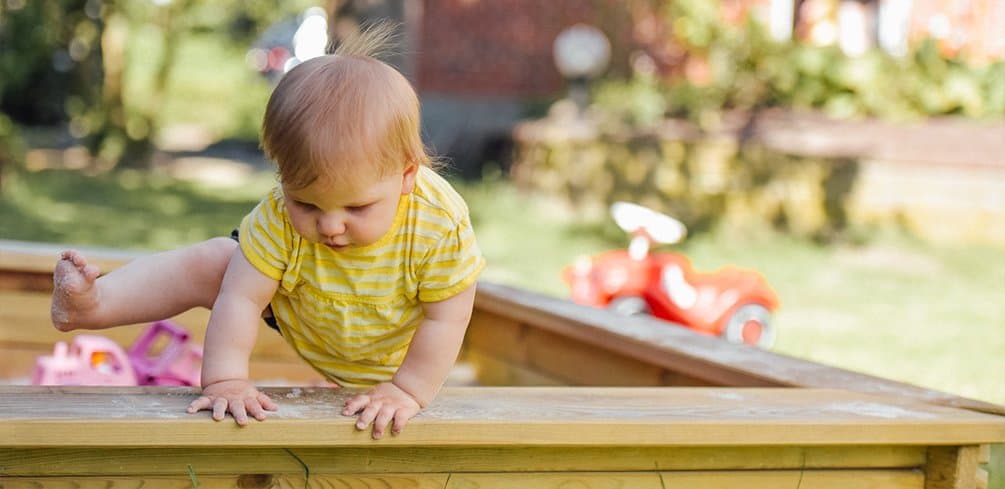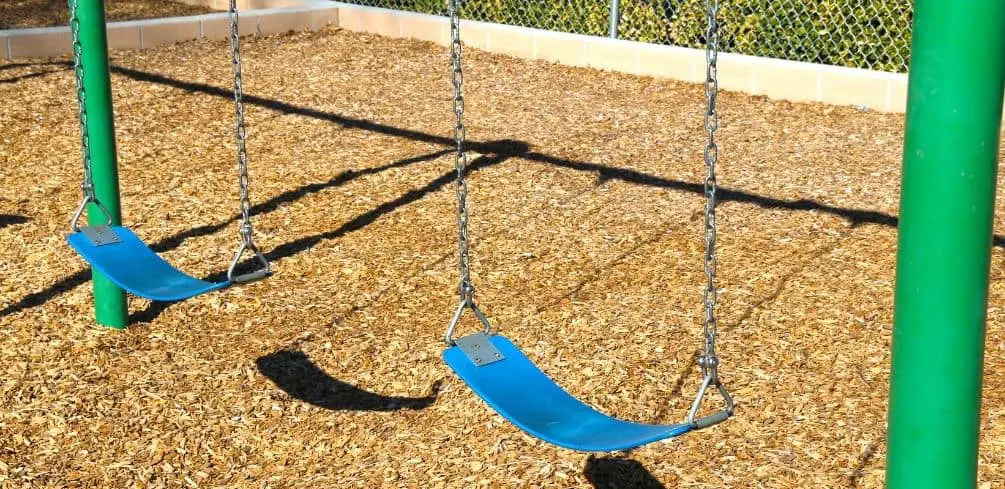Are you a homeowner who’s looking to revamp their outdoor living space? If so, you may have heard of polymeric sand and wondered what it is and how it’s different from regular sand.
Well, you’ve come to the right place! In this article, I’ll explain the differences between regular sand and polymeric sand so that you can make an informed decision about which option is best for your project.
The most obvious difference between regular sand and polymeric sand lies in the materials that they’re made from. Regular sand is just what it sounds like—a combination of small rocks and minerals that are ground down into fine grains. Polymeric sand, on the other hand, contains polymer-coated particles that bind together when water is added.
So why would you bother with polymeric sand if regular sand works just fine? Well, there are several advantages to using polymeric sand over regular sand. For one thing, it sets better than regular sand, which means that it won’t wash away as easily during heavy rainstorms or when exposed to water from sprinklers or hoses.
Plus, it also helps keep weeds out because their growth is inhibited by the binding action of the particles in the polymeric sands. Let’s get into it!
Meaning Of Sand Types
Ah, sand. That magical substance that makes us feel like we’re on the beach no matter where in the world we are. But did you know there is more than one type of sand?
Regular sand and polymeric sand are two of the most popular types, but which one should you use? Let’s dive into what each type of sand is and how they compare.
Regular sand is a natural aggregate used to create concrete surfaces and lay patios. It’s made up of small particles of rock or minerals, making it a great material for traction and stability.
Polymeric sand, on the other hand, is an artificial product made from quartz granules coated with polymer binders. It’s designed to lock pavers into place while also providing superior protection against weed growth and erosion.
When it comes to deciding between regular and polymeric sands, it really depends on your project needs. The former is cheaper but may not provide as much stability over time as the latter does – so if you need a longer-lasting solution for your patio or walkway, polymeric might be the better choice for you!
The Good and Bad Of Regular Sand
Now that we understand the differences between regular sand and polymeric sand let’s look at the pros and cons of using regular sand. Regular sand has a few advantages.
First, it is readily available and easy to find in most places. Regular sand is also typically cheaper than polymeric sand, making it more cost-effective for some projects. Additionally, regular sand does not contain any chemicals or additives, which makes it a safe choice for those looking to avoid chemical exposure.
However, there are also some drawbacks associated with regular sand. For instance, regular sand will wash away easily due to its fine texture, so it must be applied with a binding agent such as cement or mortar to keep it in place.
Plus, if you don’t use a binding agent when installing pavers with regular sand, weeds can grow in between them, causing damage over time. Lastly, because of the lack of moisture retention qualities found in polymeric sands, regular sands can dry out quickly, resulting in dust and air pollution when exposed to windy conditions.
Overall, while regular sands may be cheaper and readily available in most places, they do have their drawbacks that should be considered before selecting this type of material for your project. Regular sands are not ideal for all applications but can offer an economical option if used correctly and with caution.
The Good and Bad Of Polymeric Sand
Using polymeric sand can be like a game of chess. It requires forethought, preparation, and strategy to make sure the end result is successful. On the one hand, there are many benefits to using polymeric sand, such as better resistance to weeds and insects, improved stability for pathways and patios, and its ability to fill in any gaps between pavers or stones.
On the other hand, some drawbacks come with using polymeric sand. It can be difficult to spread evenly without clumping due to its sticky nature, it needs more water than regular sand when setting it in place, and it’s more expensive than regular sand.
When considering whether or not to use polymeric sand, you should consider how much time you have available for installation and the features you desire from your pathway or patio. Polymeric sand may be worth the extra cost if long-term durability is important to you since it will last longer than regular sand before needing replacement.
Additionally, it provides superior protection against weed growth and insect infestation, which could save time on maintenance down the road. However, if time is of the essence or your budget is limited, then regular sand may be a better choice since it’s less expensive and easier to work with.
The final decision on which type of sand to use comes down to personal preference after evaluating cost vs. benefit as well as ease of installation vs. long-term durability. Consider all factors before making a decision so that you can get the most out of your project regardless of which type of sand you choose.
Uses For Regular Sand
Regular sand has a wide range of uses, from paver-laying to sand filtration. It can be used for beach-volleyball courts, playground surfacing, and golf course maintenance.
Here are three ways in which regular sand can be employed:
- Paver-Laying: Regular sand is often used as a bedding material when laying pavers. It helps to level the pavers and provide stability.
- Sand Filtration: Regular sand is also used in water filtration systems to trap sediment and pollutants. The small particles of the sand act like a filter, trapping particles that are too large to pass through it.
- Recreational Activities: Finally, regular sand is popularly used in recreational activities such as beach volleyball, playgrounds, and golf courses. It provides a safe surface for sporting activities and helps keep surfaces free of debris and dirt.
Overall, regular sand is an incredibly versatile resource with many practical applications from construction to recreation. Its affordability makes it an ideal choice for projects big and small, allowing you to get the job done without breaking the bank!
Uses For Polymeric Sand
Slipping into the next section like a hot knife through butter, we will now explore the uses of polymeric sand. This revolutionary product has truly revolutionized the way we complete projects around our homes. It can be used to fill in paver joints, outdoor patios, walkway gaps, driveway edging, and retaining walls.
Polymeric sand is made up of a mixture of sand and special additives that, when combined with water, form a strong binding agent. Once this agent sets, it creates an impenetrable barrier that effectively keeps weeds at bay while preventing erosion and hardening of the surface below.
Polymeric sand also helps to protect against shifting pavers and can help to keep your project looking great for years to come.
One of the most attractive features of polymeric sand is its versatility. It can be applied in both wet or dry conditions making it ideal for all types of projects ranging from small walkways to larger areas such as driveways or patios. Also, it is easy to use and doesn’t require any special tools or equipment beyond a garden hose to apply correctly.
With its ability to resist weeds, stabilize surfaces, and provide long-term protection from the elements, polymeric sand offers homeowners an easy way to enhance their outdoor living spaces without having to break the bank. So if you’re looking for a reliable solution for your outdoor project needs, then look no further than polymeric sand!
Conclusion
In conclusion, both regular sand and polymeric sand have their pros and cons. Regular sand is the more budget-friendly option, but it does require more maintenance over time to ensure it stays in place.
Polymeric sand is more expensive initially, but in the long run, it offers a stronger and longer-lasting bond between pavers which requires less maintenance. When deciding which type of sand to use for your project, it’s important to consider what you need from the material; if you are looking for something that will last with minimal upkeep, then polymeric sand may be the right choice for you.
The two types of sand also lend themselves well to different uses. Regular sand is great for leveling uneven surfaces or creating a base layer beneath pavers. Polymeric sand can be used as a locking agent between pavers for pathways or patios where extra stability is needed. It’s like an unbreakable bond that locks pavers together like superglue on steroids!
At the end of the day, there are many factors to take into account when choosing between regular sand and polymeric sand. Consider what your needs are and how much money and time you want to invest in your project before making a decision.
Please be careful and use at your own risk
None of the authors, contributors, administrators, or anyone else connected with BestPlaygroundSets, in any way whatsoever, can be responsible for your use of the information contained in or linked from these web pages.





